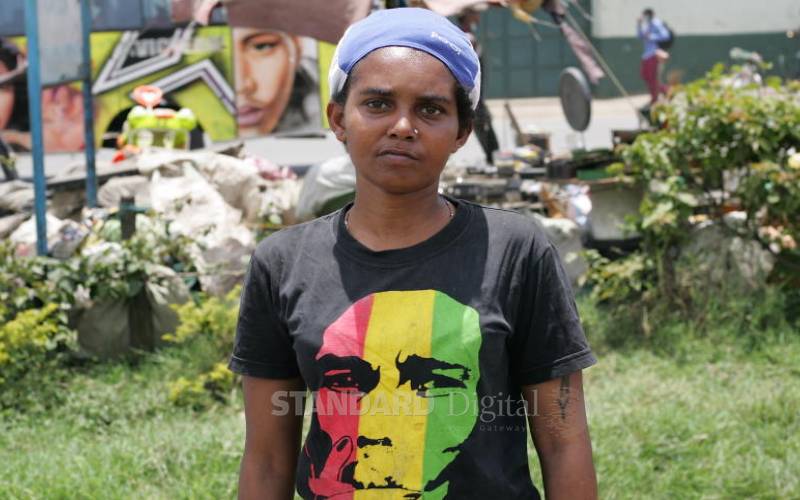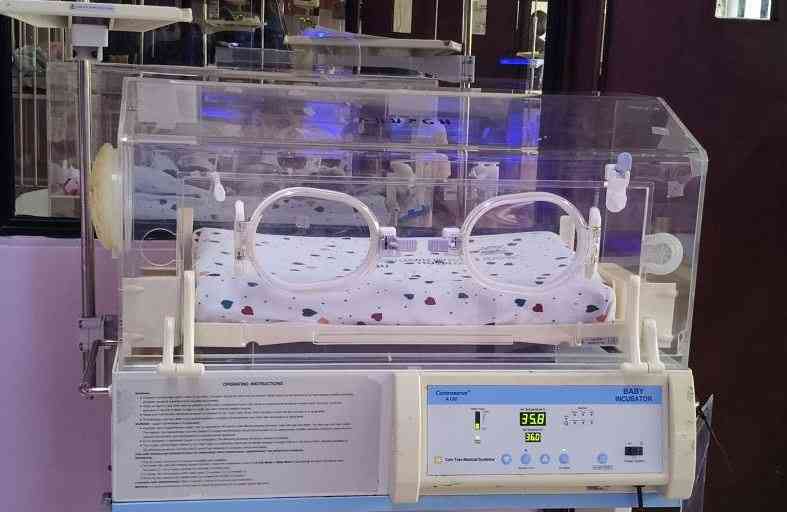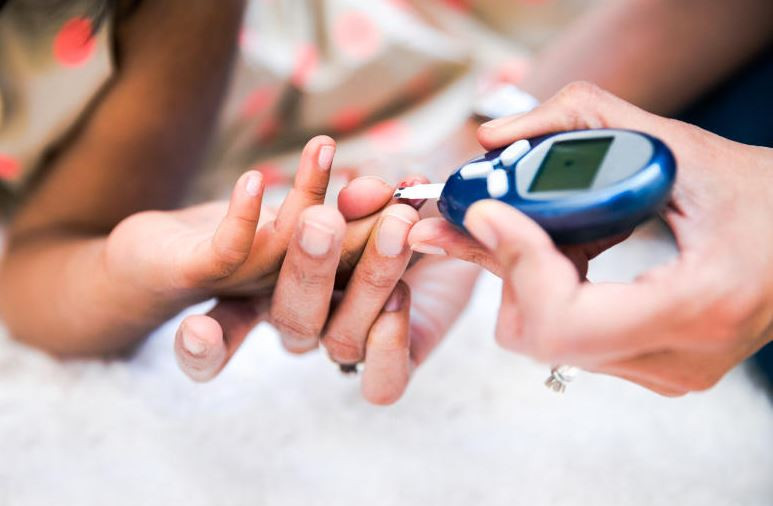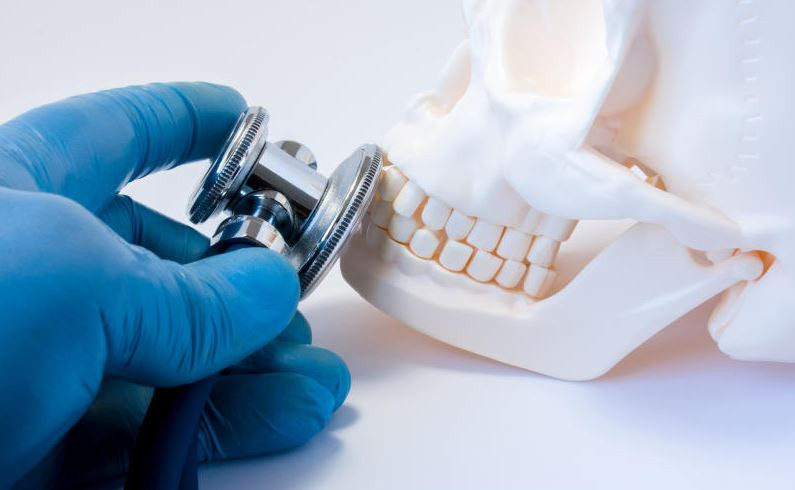
Whitney Wanjiku is recovering from heroin addiction. [Wilberforce Okwiri, Standard]
She was only 16 when she was introduced to a drug considered one of the most dangerous and addictive substances known to man.
Now at 25, Whitney Wanjiku is relearning to lead a heroin-free life. And...
 The Standard Group Plc is a multi-media organization with investments in media platforms spanning newspaper print
operations, television, radio broadcasting, digital and online services. The Standard Group is recognized as a
leading multi-media house in Kenya with a key influence in matters of national and international interest.
The Standard Group Plc is a multi-media organization with investments in media platforms spanning newspaper print
operations, television, radio broadcasting, digital and online services. The Standard Group is recognized as a
leading multi-media house in Kenya with a key influence in matters of national and international interest.











